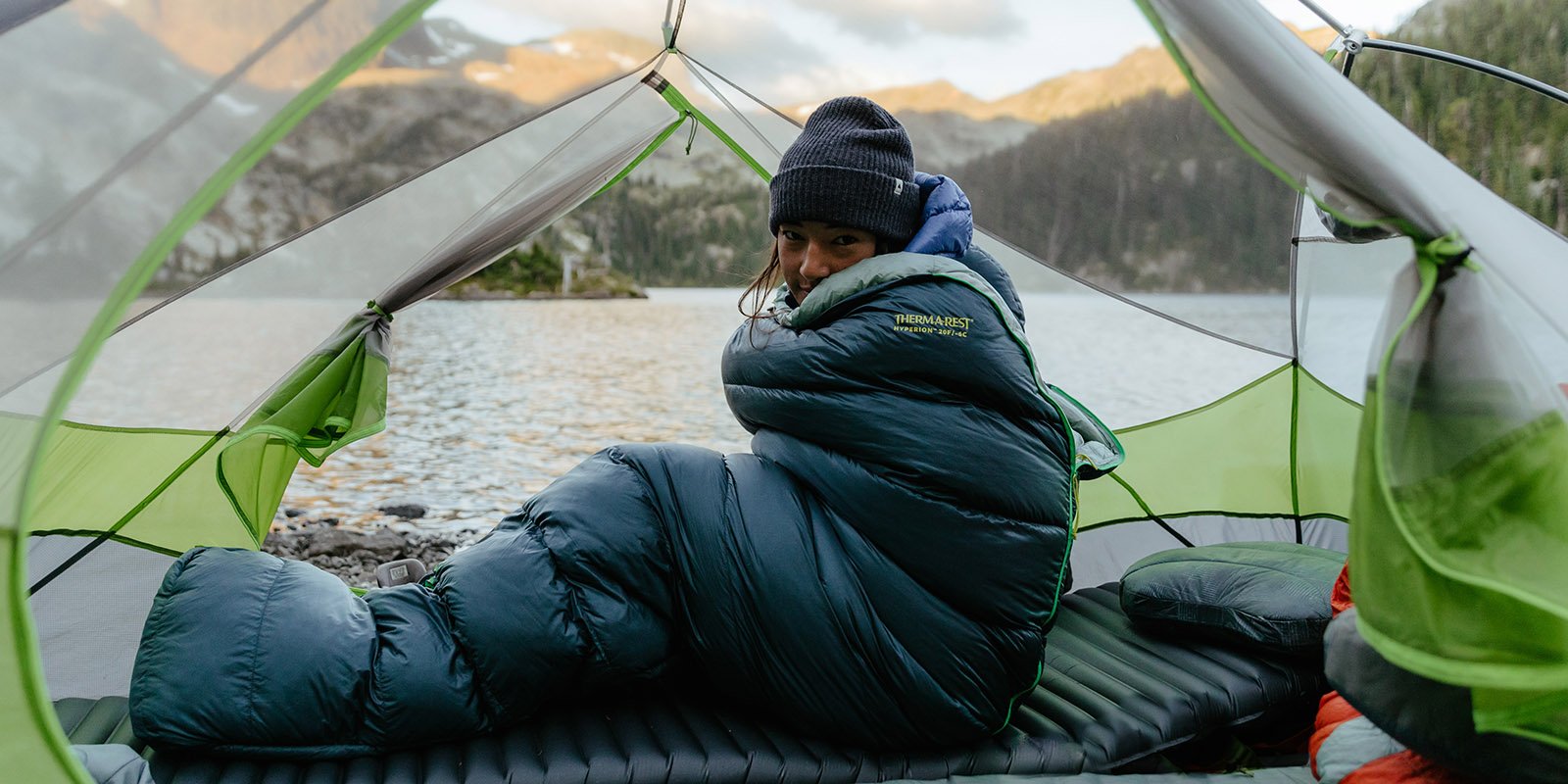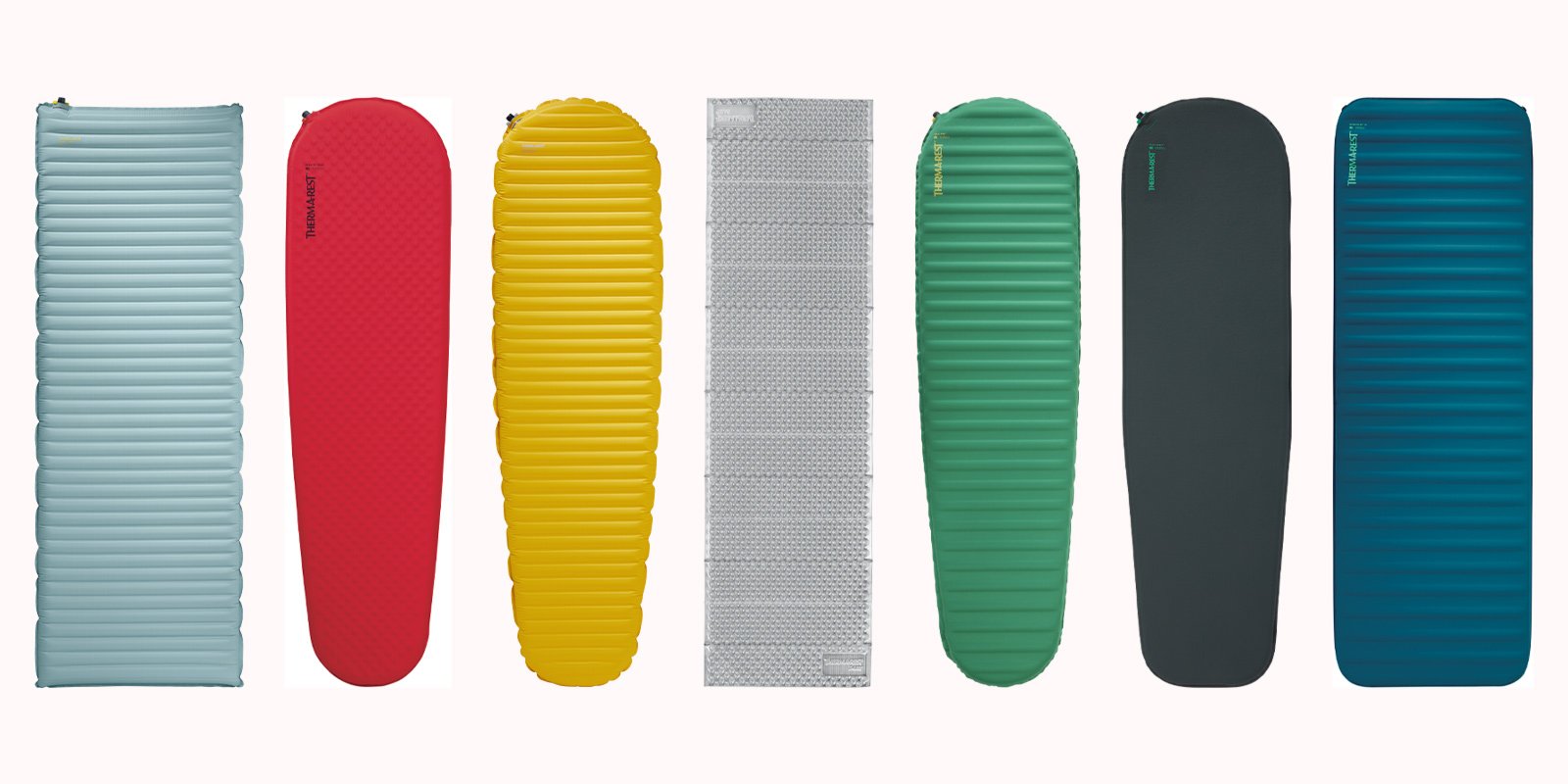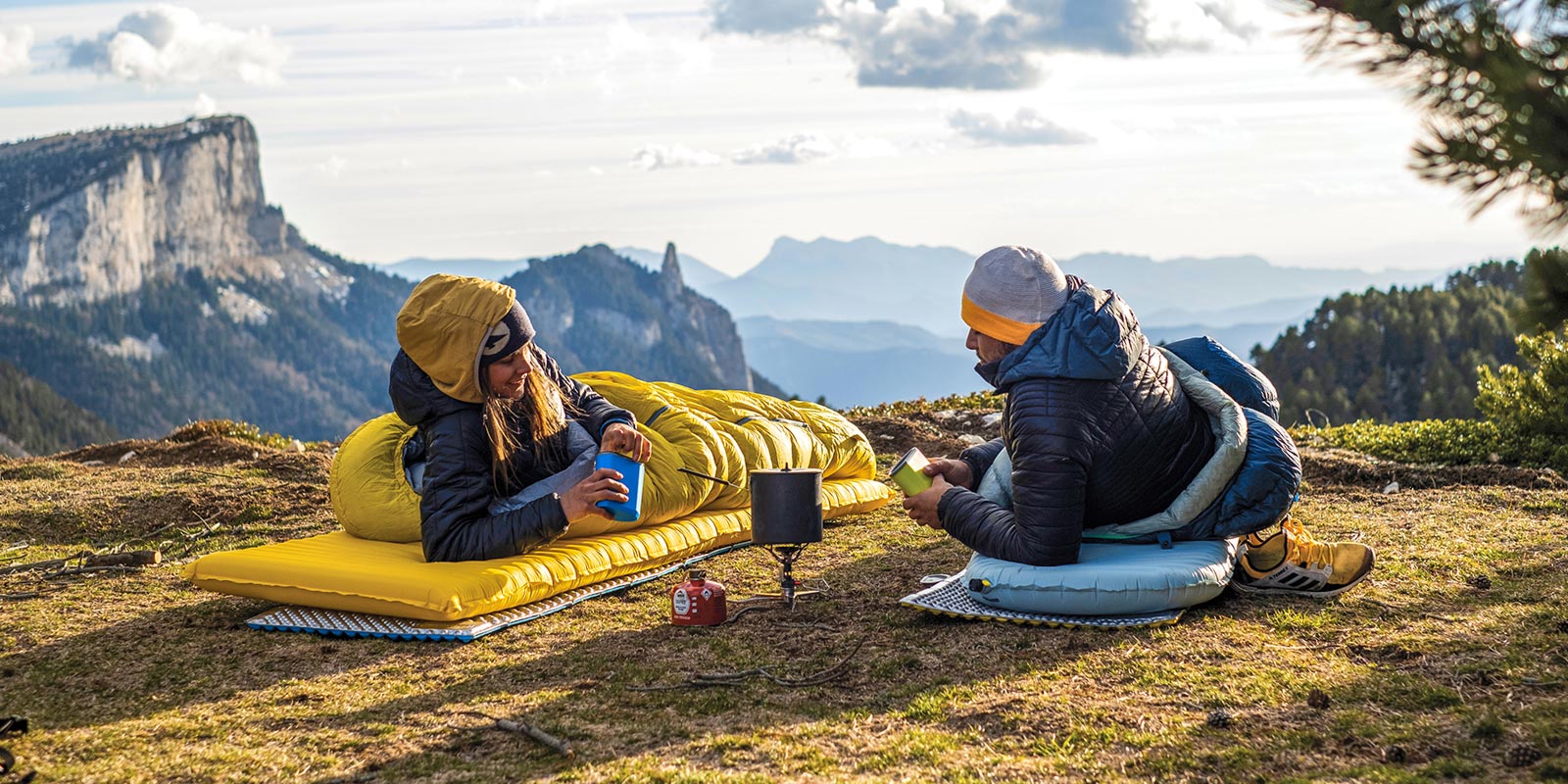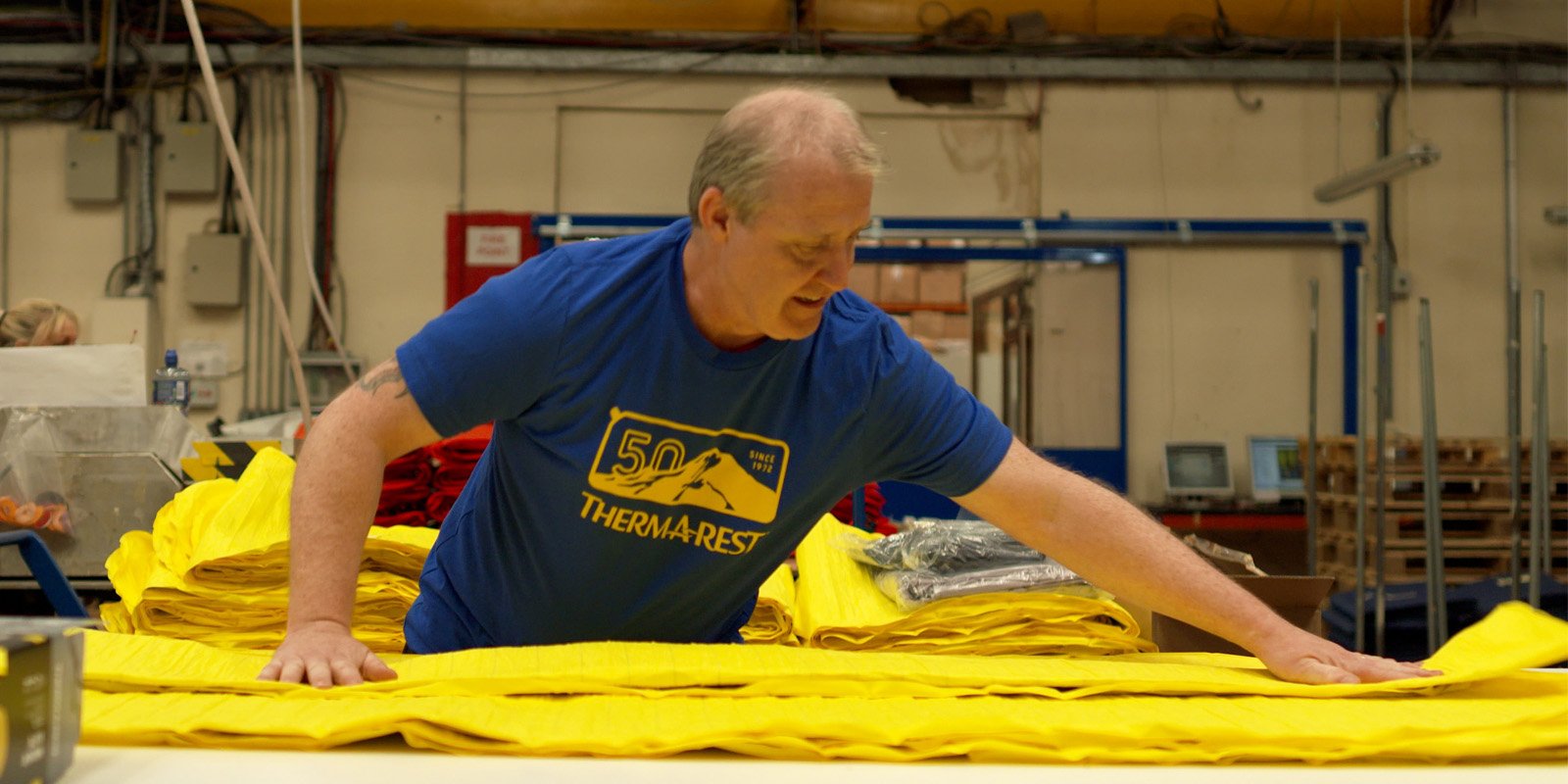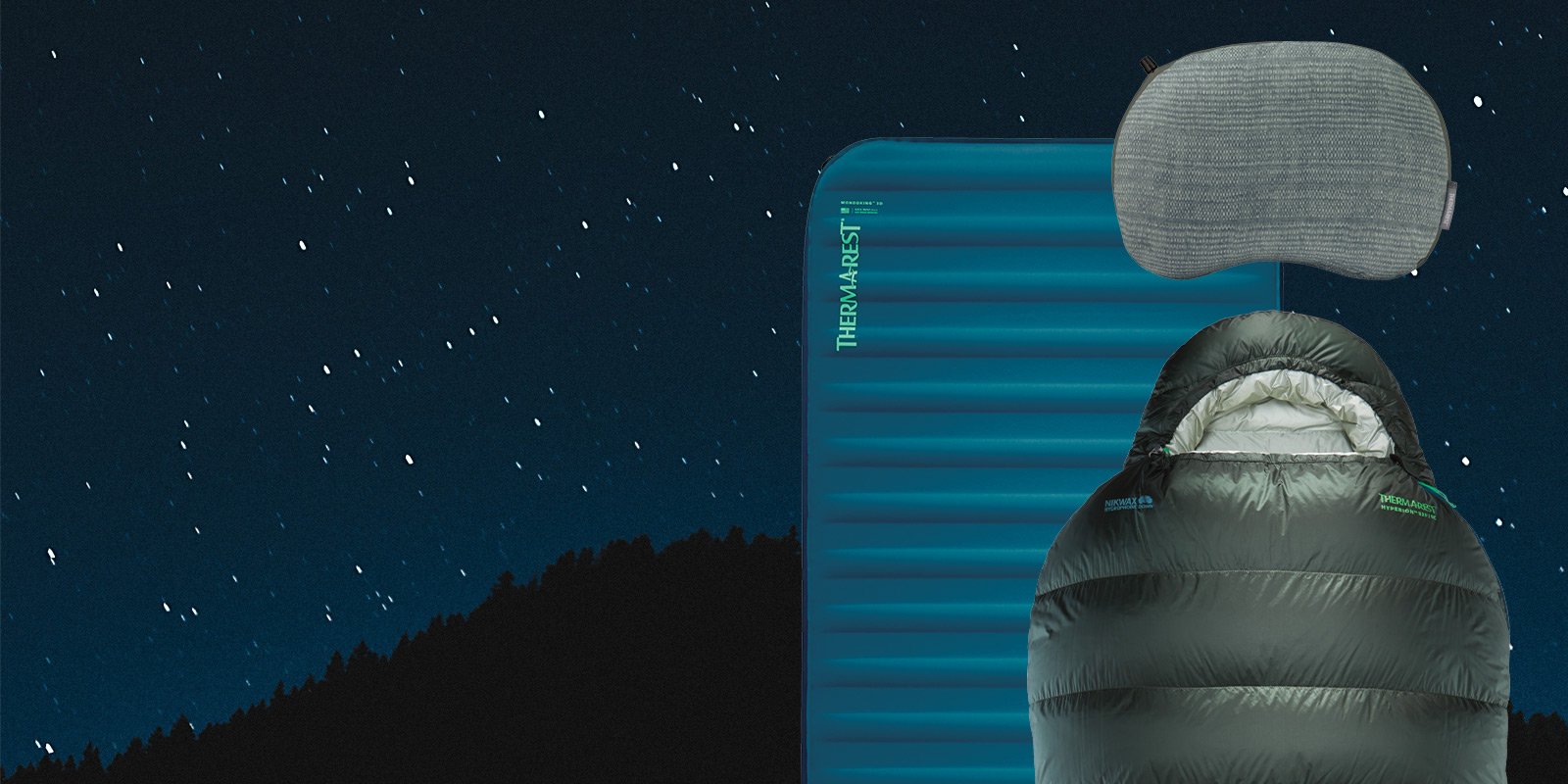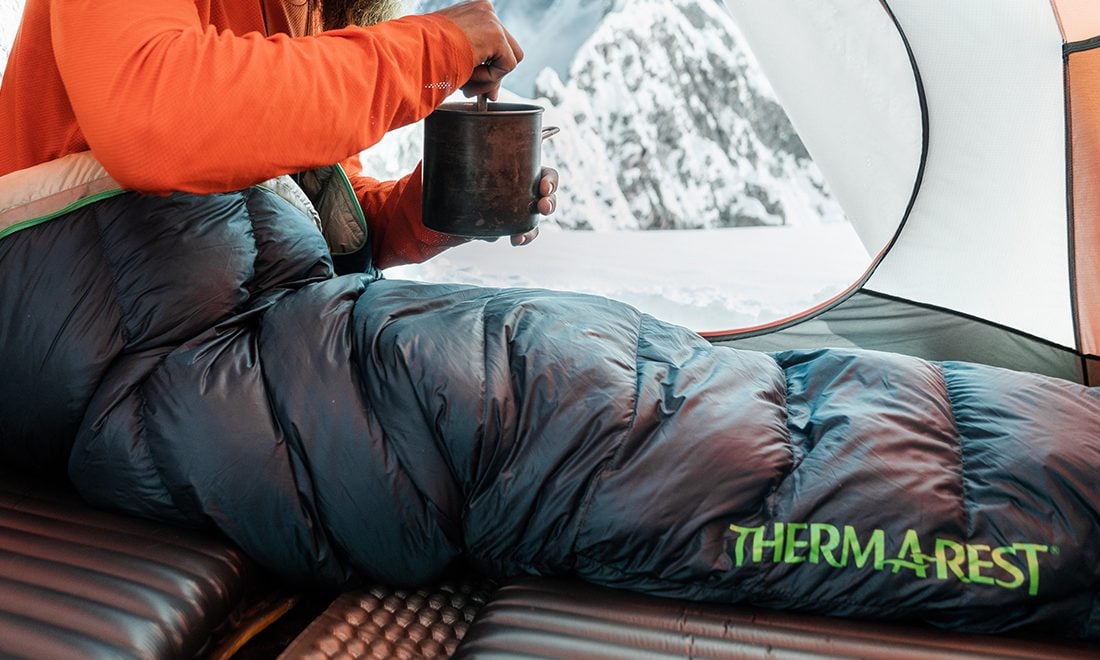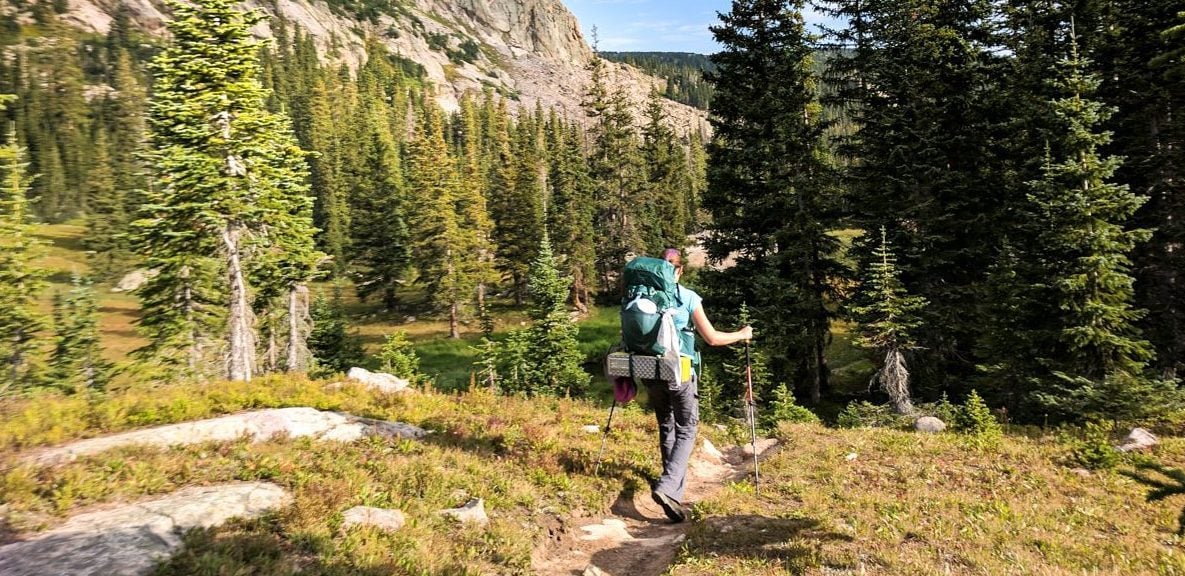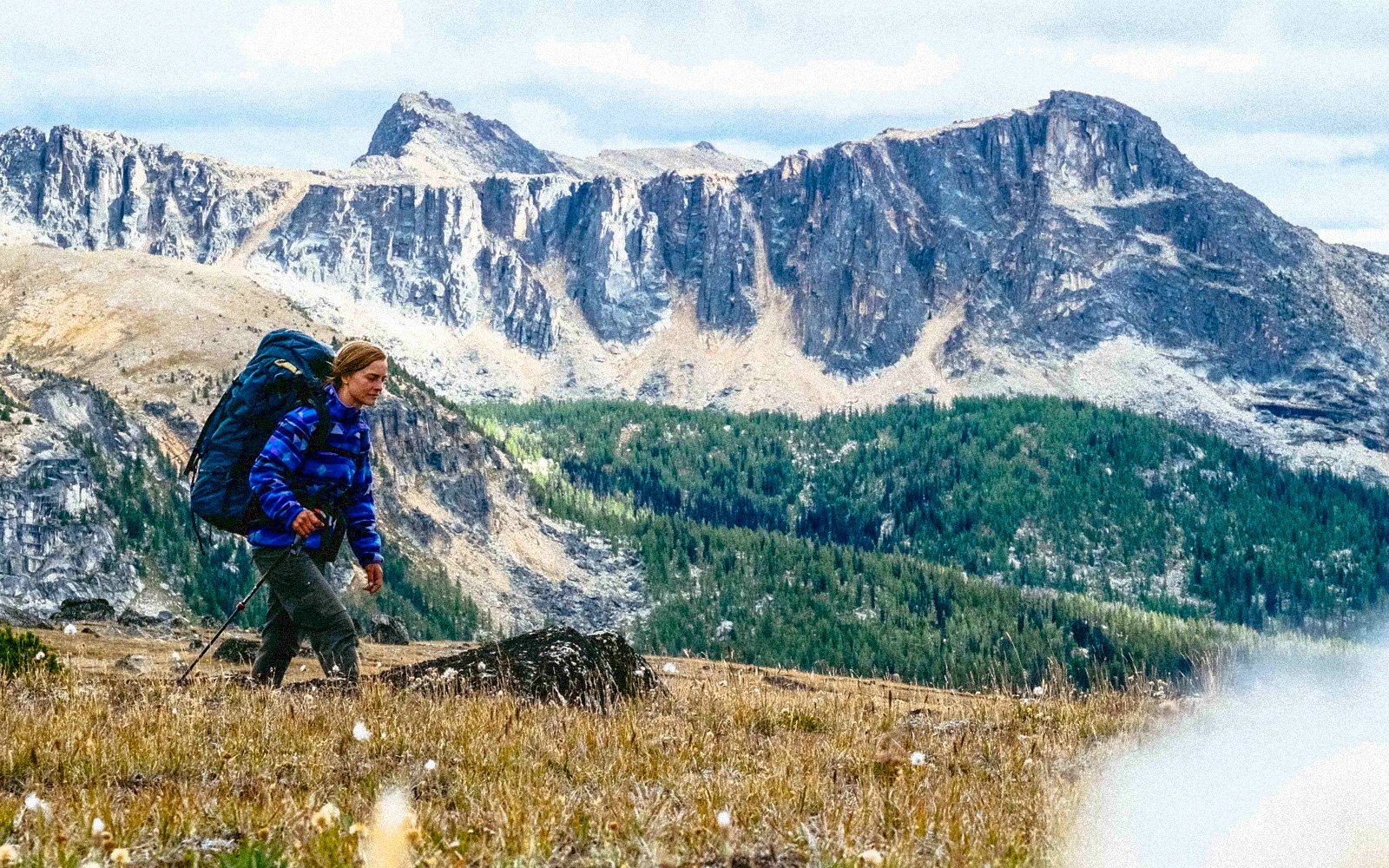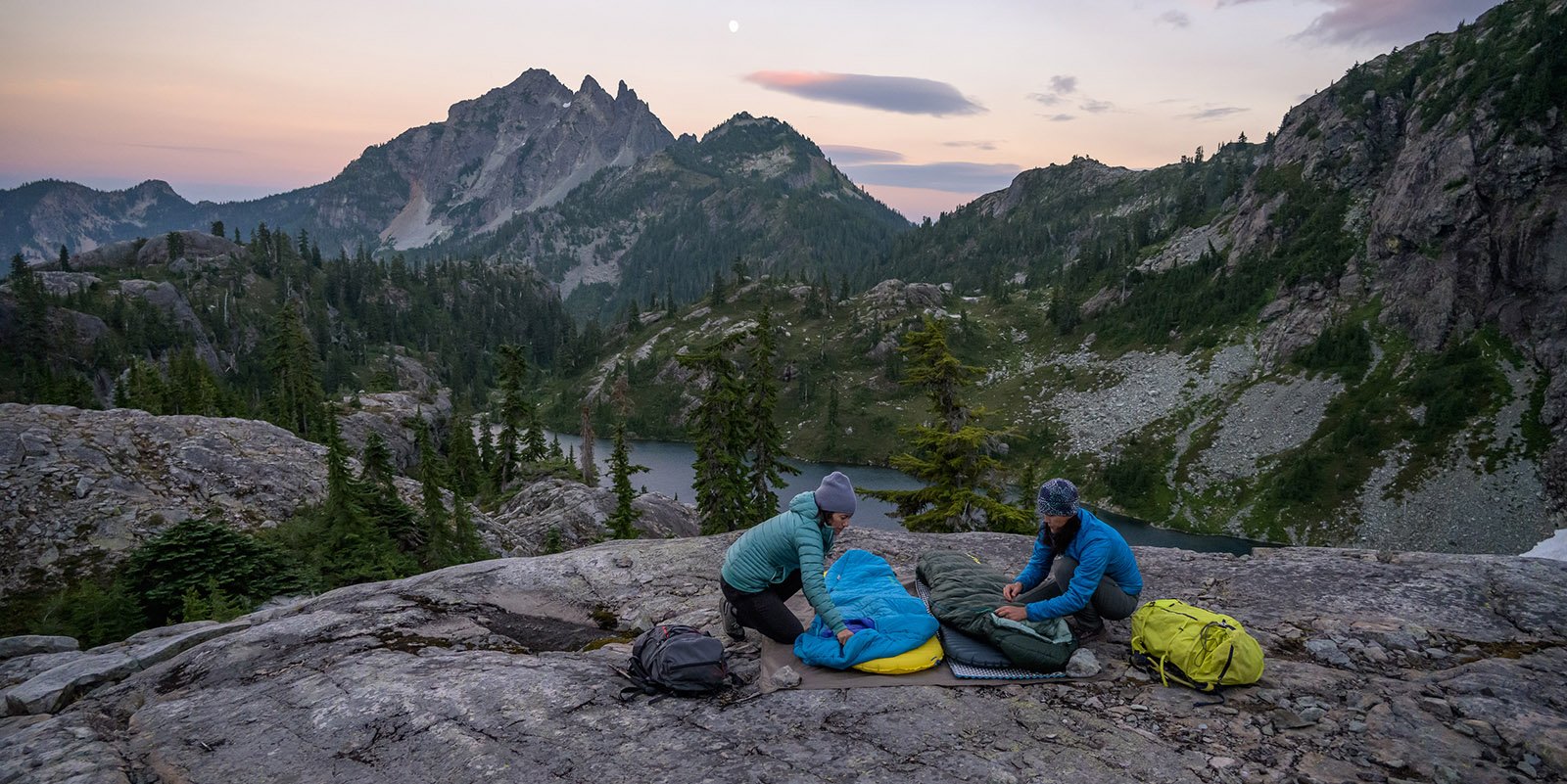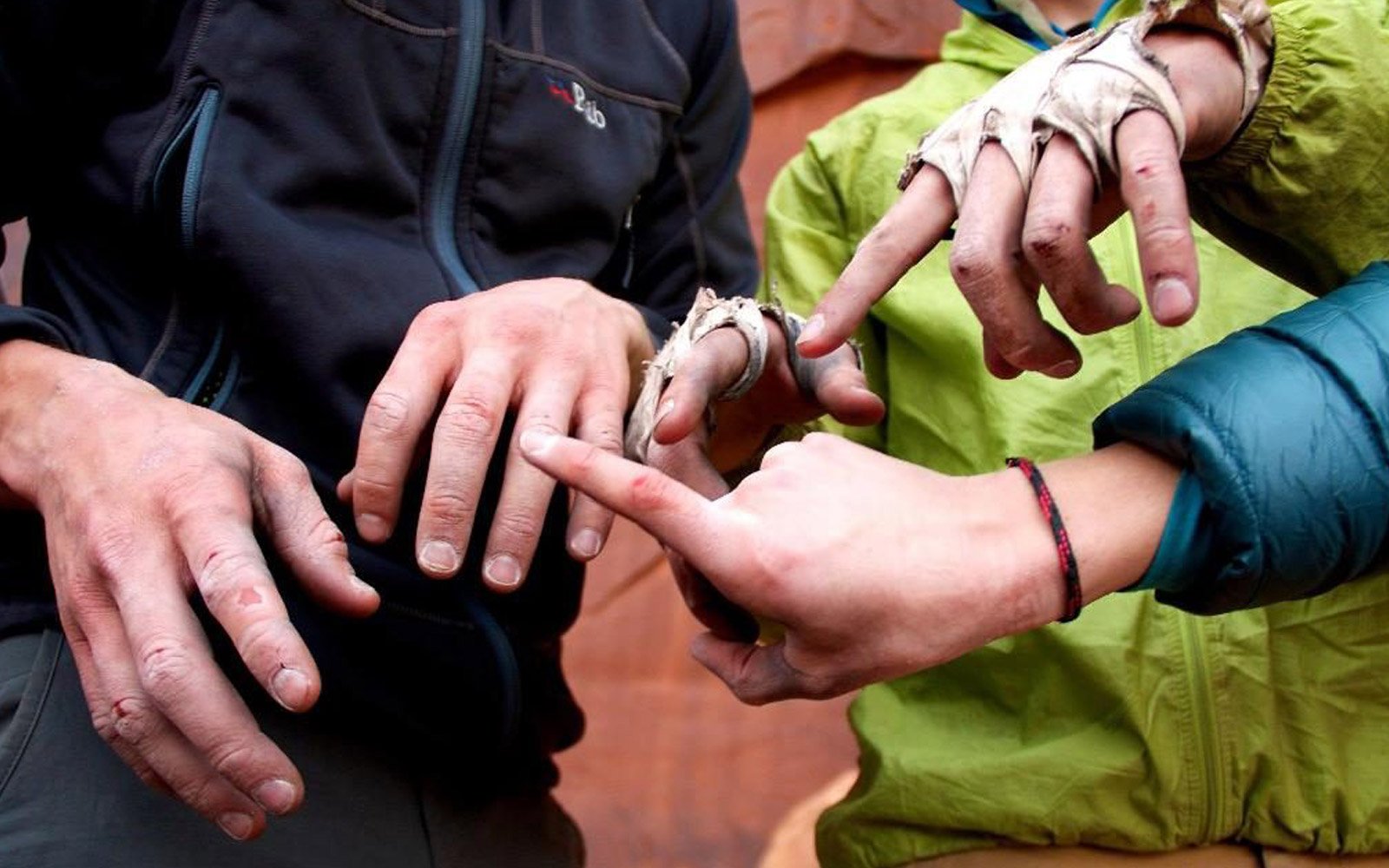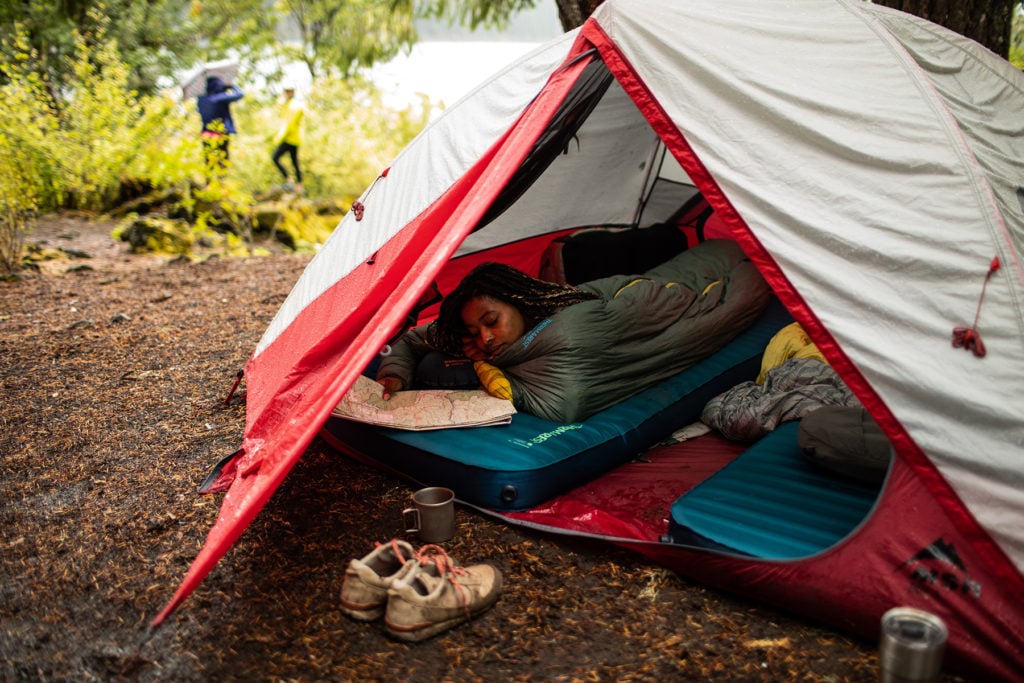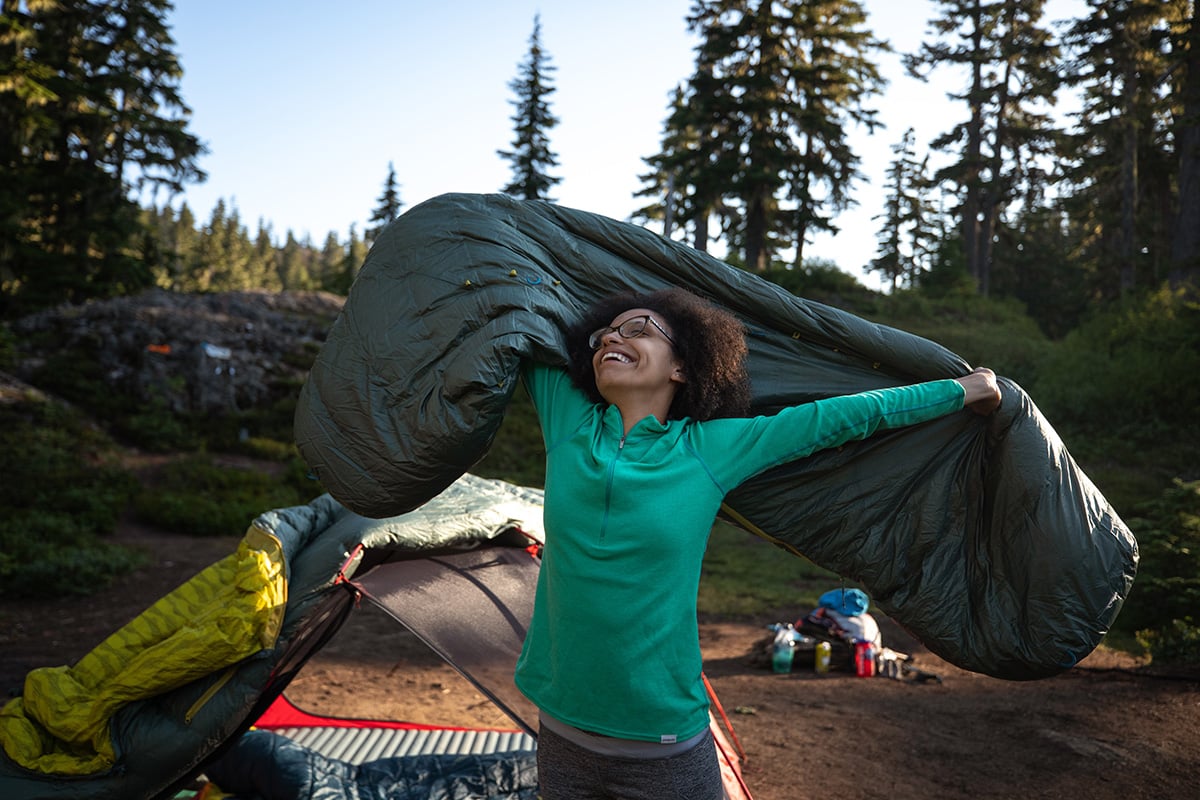I was in the Smoky Mountains the first time the cold kept me awake all night. My 28-degree sleeping bag did everything it could to keep the heat trapped around my body amidst the sub-freezing temperatures, but it wasn’t enough. My closed-cell foam sleeping pad’s R-Value was a measly 2, and any heat my bag was trapping around my body was escaping through that skinny pad, into the ground.
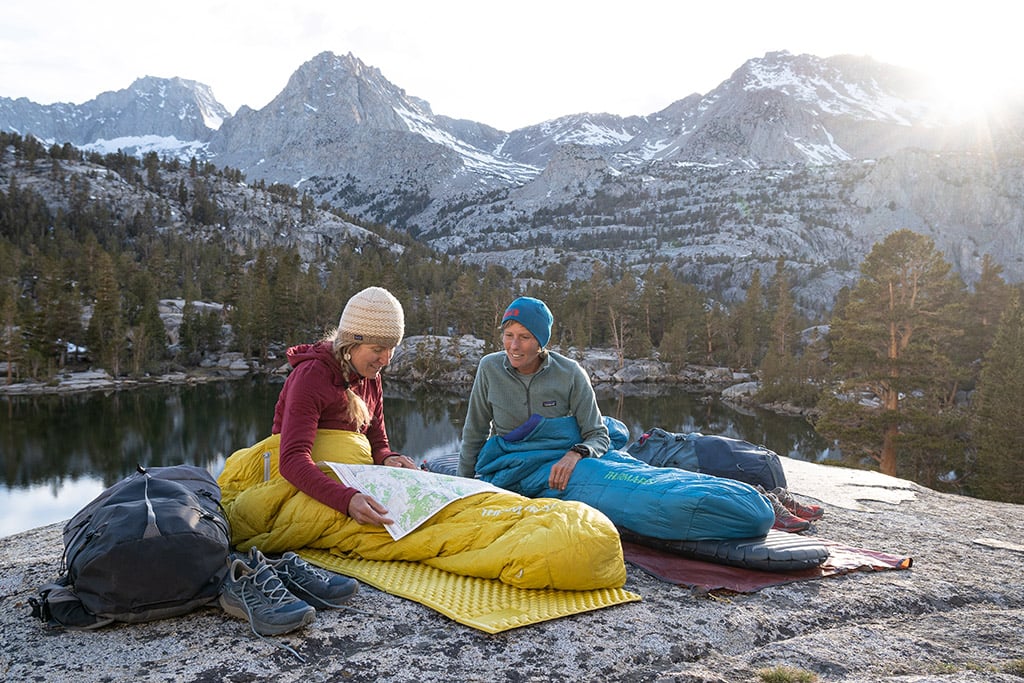
After my initial hiccup in the Smokies, instead of looking into the mechanics of a sound sleep system, I over-corrected and started lugging a 0-degree sleeping bag around everywhere I went. While my new-found warmth comforted me, packing and carrying the bulky system in my backpack proved difficult. Fortunately, most campers and backpackers can master sleeping by learning the basics of sleep system.
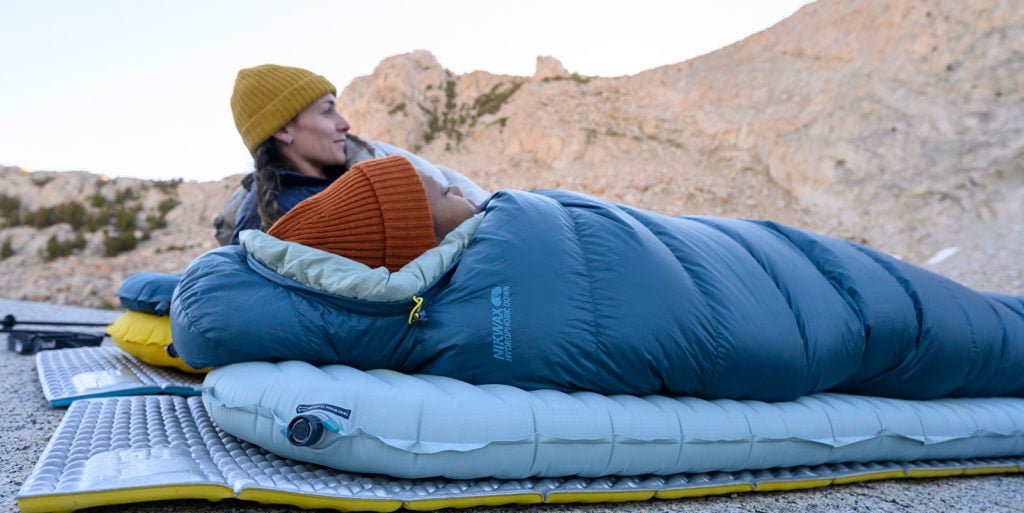
The Importance of a Proper Sleep System
The sleep system is one of the most important gear combinations that any camper or backpacker will carry. It determines how warm you’ll be on a day-to-day basis, which contributes to your overall wellbeing and enjoyment. It can also be a life-saving tool that keeps you prepared when the trip takes a turn for the worse. Those who struggle to stay warm after the sun sets are particularly at risk of an uncomfortable or even dangerous camp experience, which is why it’s so important to fine tune the whole sleep system before you hit the trail. When everything is said and done, it also accounts for a large piece of your pack weight, which which can make or break your trip.
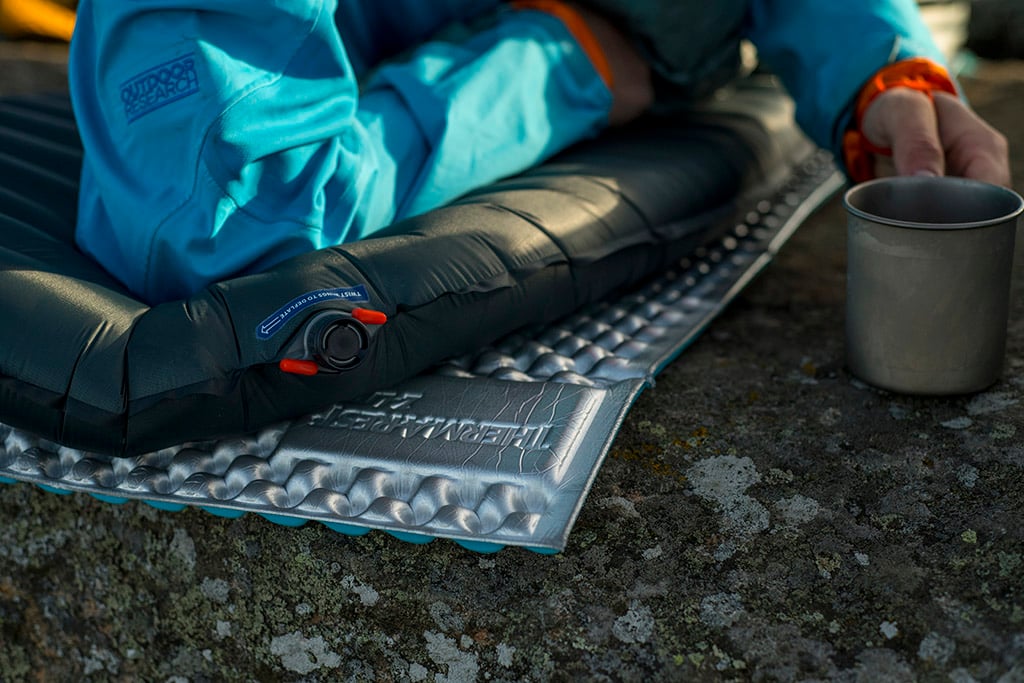
Rookie Mistakes to Avoid
Many new campers make mistakes like assuming the sleeping bag determines how warm they’ll be at night. In reality, the sleeping bag is just one part of the equation. Your sleeping pad, pillow, clothes you wear are also vital parts of the sleep system because they all affect how warm and/or comfortable you’ll be.
In order to set yourself up for success, you should evaluate the temperature ratings of both the sleeping bag and pad, and understand that a baselayer is almost always the best option for sleeping in, especially in cold weather.
Another issue that new campers and backpackers commonly experience is an unpackable or heavy sleep system. Once you’ve had an uncomfortable night in the backcountry, it’s pretty easy to over-correct and bring way more gear than you need. For best results, campers and backpackers should evaluate the temperature range in which they expect to be sleeping and keep their gear close to that range. If there’s any doubt about the effectiveness of a sleep system, test it out in a low-stakes environment like in the back yard or at a campground. If you do get cold, know that adding layers–either to yourself or via a quilt–is a great option to add warmth to any sleep system.
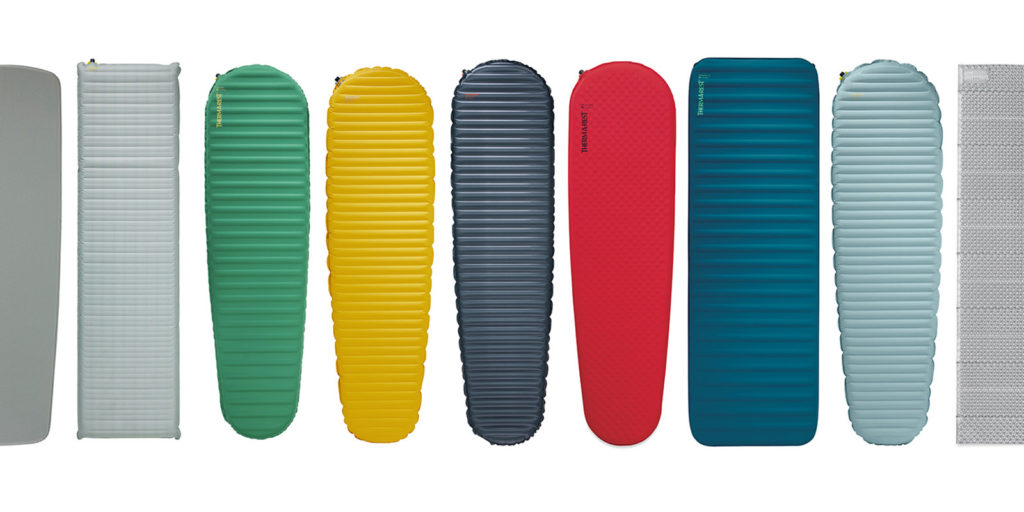
Choosing the Right Sleeping Pad
If you run a quick google search, it won’t take you long to determine that there are three main sleeping pad categories: self-inflating, manually-inflating air pads, and closed-cell foam sleeping pads. The most popular sleeping pad styles are manually-inflating air pads like the NeoAir X-Lite NXT, and closed-cell foam sleeping pads due to their comfort to weight ratio. Air pads tend to weigh and cost more than closed-cell foam pads, but they’re also usually much more comfortable to use. Conversely, foam pads are nearly indestructible and extra affordable, which make them an alluring option for some campers.
Those who sleep like a rock, aren’t sensitive to temperature fluctuations, and are working with a budget typically end up with a closed-cell foam pad like the Therm-a-Rest Z-Lite Sol. Those who sleep on their side, struggle with temperature volatility, and that have a slightly more flexible budget almost always end up with an air pad. But sleeping pad R-Values and sleeping bag temperature ratings are also an essential part of the equation.

Sleeping Pad R-Value
Sleeping pad R-values were established to give consumers a way to evaluate the warmth of a sleeping pad. While Therm-a-Rest had a long-established method for testing it’s pads, they knew that how brands determined the warmth of a sleeping pad varied, resulting in some sleeping pads being labeled warmer than they actually were. To correct this issue, Therm-a-Rest and a few other brands started developing testing that was consistent across the board, based on Therm-a-Rest’s own in-house cold chamber that they’d been using for decades. The resulting ASTM R-Value Standard ensures that consumers can make accurate comparisons of sleeping pads that carry this value.
Sleeping pad R-Values range from 1 to about 8, with 8 being the warmest category. Standard 3-season campers often choose a sleeping pad option with an R-value of 2 or 3, which allows them to retain warmth in moderate conditions. Winter campers, on the other hand, would either opt for a warm sleeping pad (R5 or 6) or bring multiple pads to increase their ground insulation. In the latter situation, the R-Value of stacked pads is simply the sum of the R-Value of the individual pads, providing an easy way to boost warmth.
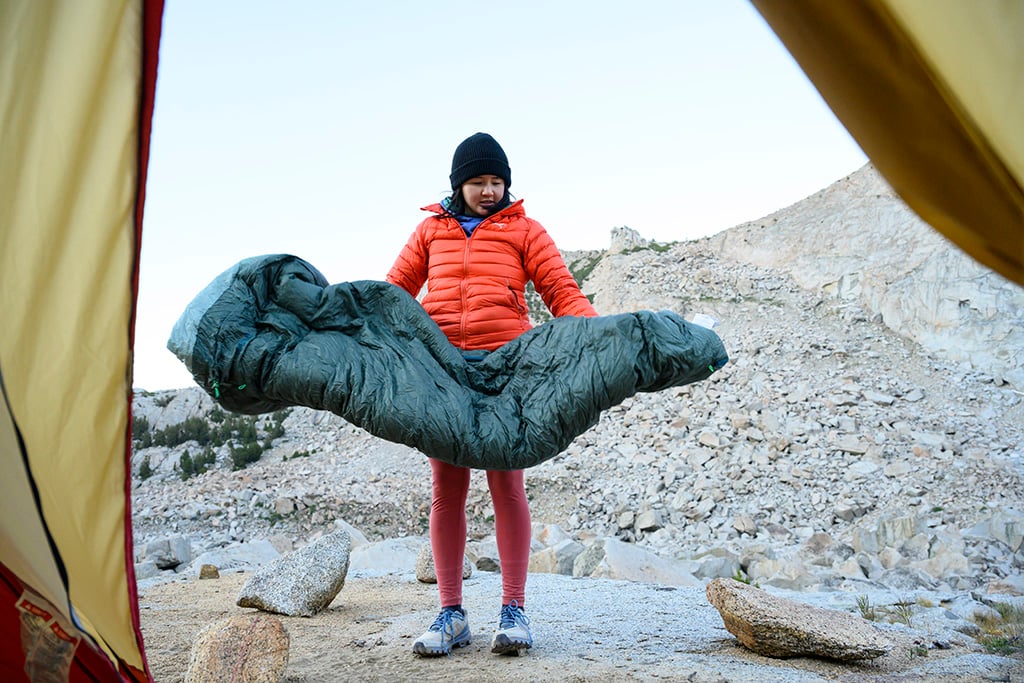
Sleeping Bag Temperature Rating
While a sleeping bag’s temperature rating isn’t the only contributing factor to a comfortable night’s sleep, it is an extremely important one. In the early 2000s, the outdoor market was saturated with sleeping bags that, like sleeping pads, had inconsistent temperature ratings. This meant that it was particularly difficult to to assess how warm a sleeping bag would be in the real world. In 2005, the EN 13537 Standard was created to mitigate this issue. Eventually, the current standard was introduced. Sleeping bags that carry this standard are all tested in the same way. And they show consumers three different temperatures: the comfort range, the transition range, and the risk range. The comfort range tells you where the typical camper will be comfortable, the transition range highlights the temperature limit of the sleeping bag, and the risk range suggests that campers could be at risk of hypothermia or similar issues.
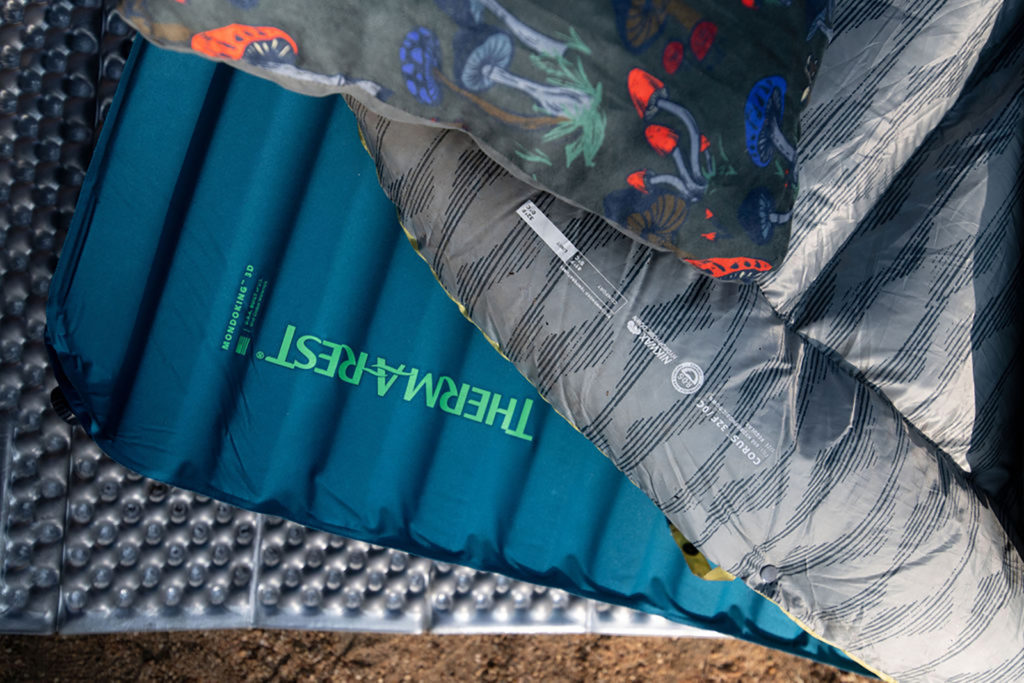
Most 3-season campers and backpackers pack a sleeping bag with a rating of 20 to 30 degrees. In cases where the backpacking environment is expected to offer moderate conditions, these temperature ratings usually accommodate comfortable sleep.
Those who tend to sleep cold can benefit from choosing a sleeping bag with a warmer rating or sleep system. For me, this typically means that I carry a sleeping bag or quilt with a 15 to 20-degree rating and a sleeping pad with an R-value of 3 or even 4.
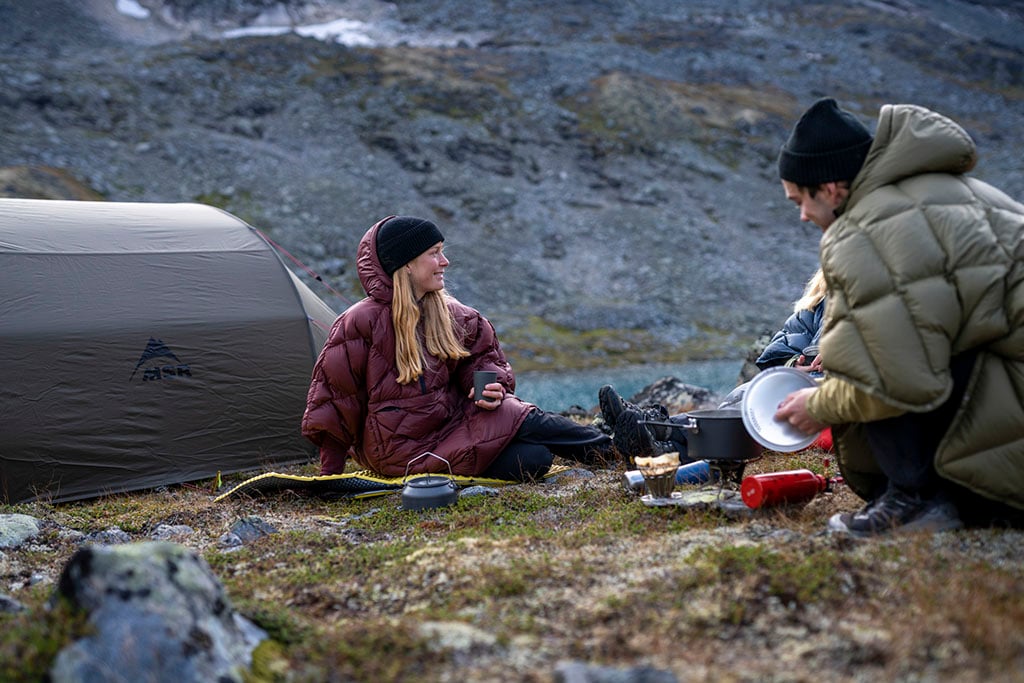
Additional Tips for Building Warmth
Once you’ve pulled the trigger on your sleep system, you’re pretty committed to your gear. On occasion, campers might end up sleeping in extreme circumstances or find that their sleep system still isn’t quite warm enough. And in these situations you might enact the following strategies to keep yourself warm in the backcountry.
- Bring the Right Layers: Proper clothing choice is always important while you’re in the backcountry. And the same can be applied to your sleep situation. Taking steps like keeping your sleep pajamas in a dry bag helps to ensure that you’ll always have a dry, warm change of clothes to slip into before crawling into your sleeping bag. And packing an extra base layer or two can increase your overall warmth.
- Add a Quilt: Adding an ultralight quilt on top of your bag isn’t rocket science–we do it at home every night with multiple blankets on our beds. Adding something as small as a 12 oz. quilt to your sleep system can be just what you need to extend your range into the colder nights of shoulder season. You can always opt for a warmer quilt for even more warmth, with a fraction of the weight and twice the versatility of a warmer sleeping bag.
- Pack a Nalgene or Similar Water Bottle: Ultralight backpackers often scoff at the Nalgene because it’s much heavier than alternative water bottle options. But one area where this style of bottle excels is in cold situations. Backpackers and campers can boil a liter of water, pour it into the Nalgene and tuck the water bottle in their sleeping bag to create some extra warmth.
- Bring Two Sleeping Pads: If you’re worried about testing the limits of your gear on an upcoming trip, and you have a little bit of extra space in your bag, consider packing a second sleeping pad. If you stack two pads together, you increase the insulative barrier between yourself and the ground, which makes it easier for you to use the heat your body creates more efficiently.
- Pack a Sleeping Bag Liner: If you find that your sleeping bag isn’t quite as warm as you want it to be, one good strategy is to pack a sleeping bag liner. On top of keeping your sleeping bag clean, sleeping bag liners can add some serious warmth. Even minimalist liners often add about 10-degrees to your sleeping bag rating. More extreme sleeping bag liners may add as many as 25-degrees of warmth to your sleep setup.
There are few things that end a backcountry trip faster than a cold night. You might toss and turn for hours, shivering beneath your cloud of down, only to decide that sleeping under the stars isn’t worth it. But the better you equip yourself to handle volatile temperatures and weather, the more likely you’ll be able to maximize your comfort while camping and backpacking. Taking steps like evaluating your sleep system as an entity, and slightly increasing the R-Value or sleeping pad rating can go a long way in improving your overall comfort while in the backcountry.
Related Posts:
